There can be your advertisement
300x150
7 Mistakes in Building a Country House That You Must Not Make
Preventing problems with the help of an expert before they occur
Building a house is often associated not only with pleasant hassles but also with huge expenses of time, money, and nerves. Mistakes here are absolutely unacceptable: one oversight and problems begin to grow like a snowball.
That is why it is very important for all future owners of country real estate to approach the process with wisdom. Planning to build your own nest? Together with the expert Eugene Shamin, we explore the key mistakes that people make during construction.
Missing Project
You have probably read stories of homeowners who built a country house without hiring specialists. Undoubtedly, successful experience is inspiring, but the desire to repeat it is hard to justify. If you refuse to create a project and draw up a plan of the house on a piece of paper yourself, the consequences can be disastrous.
When planning a house, you must remember individual features of the site and geological conditions. Otherwise, cracks appear in the walls, problems with heating arise, and costs inevitably increase. It is better to consult a designer who is well-versed in the main aspects of construction and can guide you in these matters.
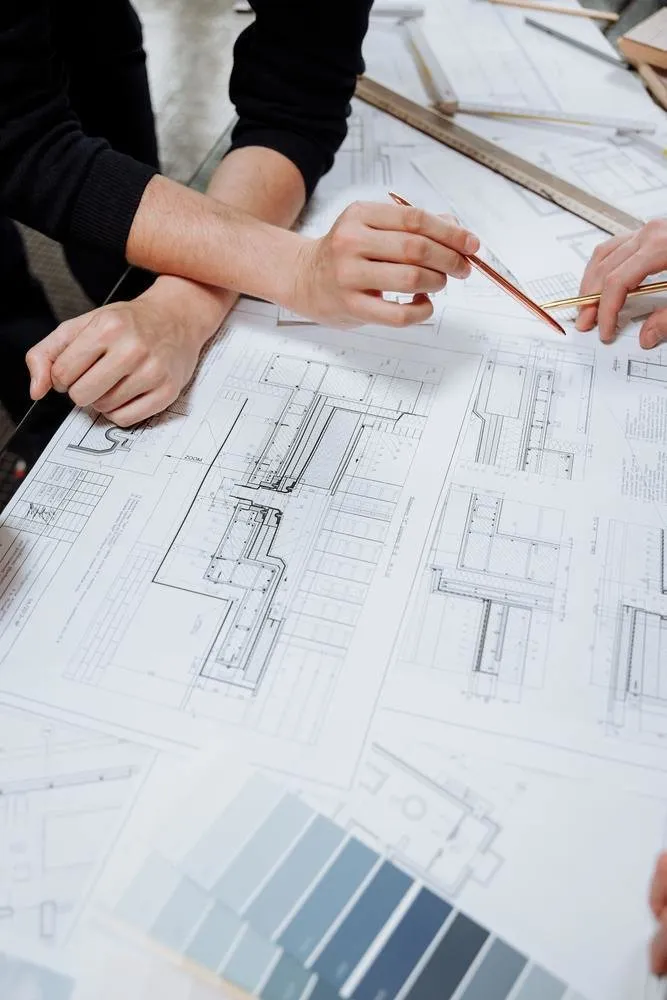
Ignoring Soil Characteristics
This mistake can cost you your entire house. When choosing the type of foundation, you must consider the soil type on the site. Sandy, rocky, peaty, or silty clay soils differ in bearing capacity. For example, any foundation can be built on sandy soil, but peat soil is unstable.
The mildest consequences of ignoring this rule are a floating house and cracks in the walls. The worst outcome we mentioned above is already clear. Do not risk it or test fate: if you have not studied this issue before purchasing the land, order an expert assessment and thoroughly analyze all details.

Incorrect Foundation Setting
The foundation is one of the most important parts of a house, so mistakes in construction will cost you dearly. There are several parameters that require close attention: soil type, groundwater level, terrain (topography), and the material from which the building will be erected.
The most common problems are incorrect rebar placement (contact with the ground), pouring the foundation in stages, insufficient depth of embedding, and inadequate foundation strength. What to do? Again go to experts for research, especially if you are unsure of your abilities.
And never forget about a reliable apron — a structure that protects the foundation from moisture and freezing. Many think that aprons are made exclusively from concrete, but popular solutions have several negative consequences. In cold weather, cracks form in concrete aprons, and if your house has a basement, freezing under it is unavoidable.
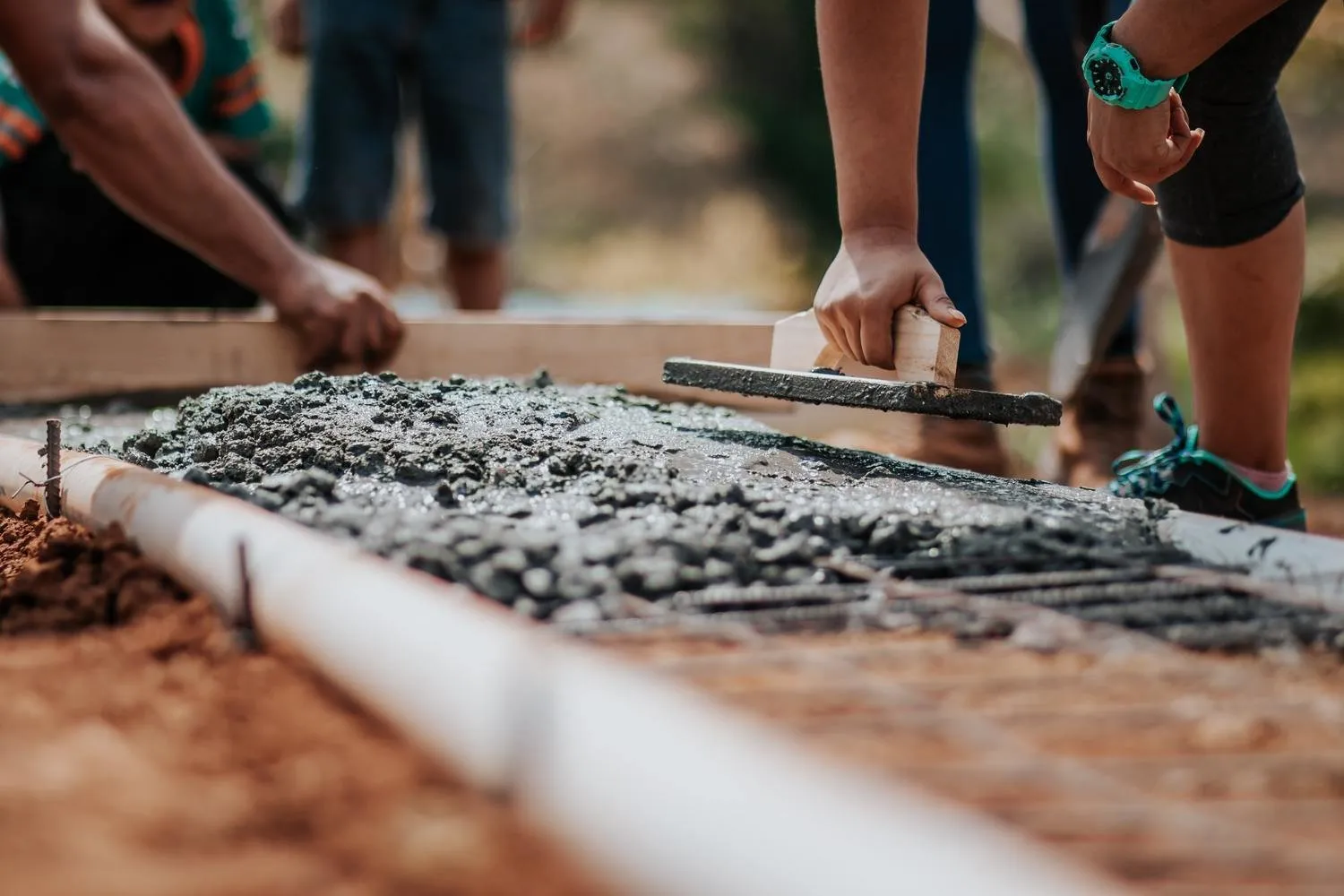
Tip from INMYROOM: To avoid additional hassles, choose a modern and practical approach. Ensure high-efficiency drainage with the help of a profiled membrane PLANTER Geo included in the apron. The membrane's service life is up to 60 years thanks to its unique properties: it does not decompose in the soil, withstands temperature fluctuations, and resists root penetration. The filter layer of the membrane is made from Typar geotextile from Dupont — it is resistant to pouring and mechanical loads. Unlike concrete, the soft apron with PLANTER Geo prevents frost heave, so you can forget about cracks.
Benefits of high operational characteristics don't end there. With a profiled membrane, you can turn the apron into part of landscape design. For finishing, you can choose not only gravel, tiles, or cobblestones but also lawn grass or even create flower beds.
To lay a soft apron, you don’t need to hire craftsmen or use special equipment — everything can be done easily with the PLANTER Geo membrane by yourself. Place it around the perimeter of your house, and you'll only need to lay the finishing surface. Cost savings, durability, and reliability — the main advantages of a soft apron with PLANTER Geo.
Low-quality Materials
No one doubts that building a house involves serious costs. It's not surprising that many homeowners try to save money and cut the budget: for example, they choose expensive insulation and not the best adhesive.
Low-quality materials are one of the main reasons for leaks and fires, and in this case, a penny does not save a ruble. To avoid problems, plan your budget carefully and calculate everything to the smallest detail. Prefer trusted manufacturers and check certificates carefully — the market for fake building materials is developing very rapidly.
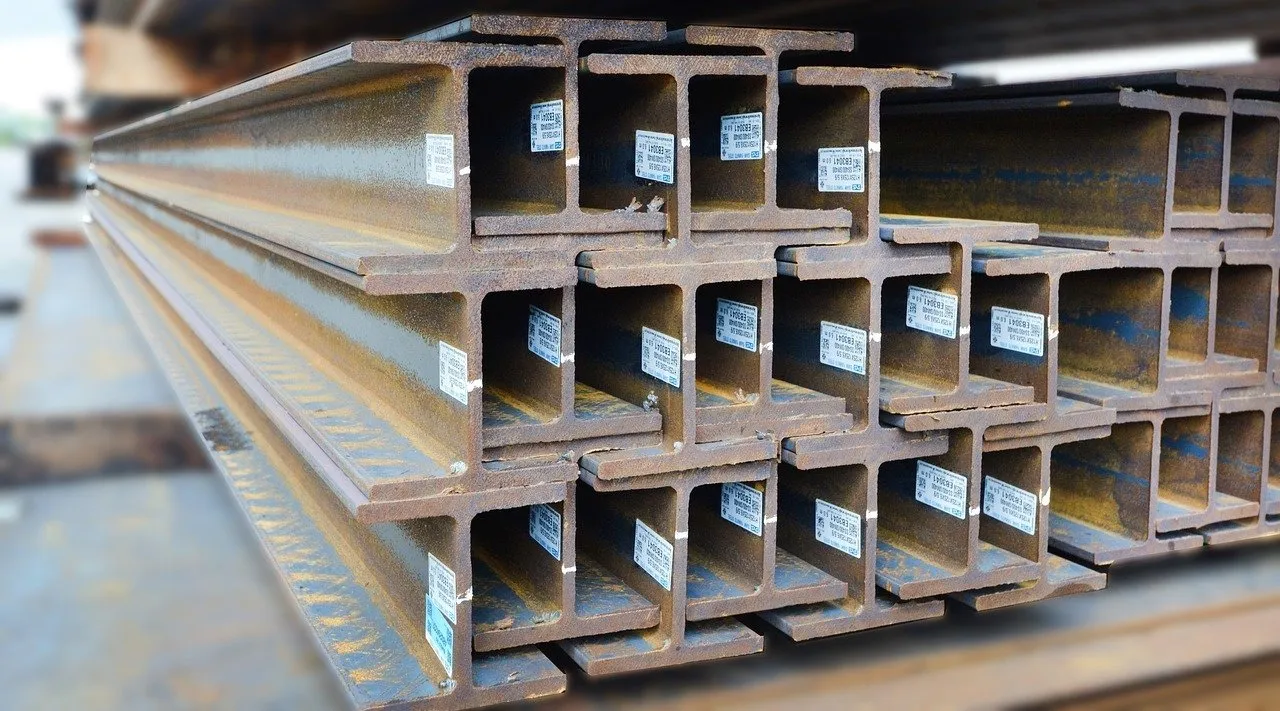
Ignoring Wall Insulation
You can always believe that winter will be warm this time, and the heating system will save you from the cold. Optimism is great, but when approaching construction with a proper mindset, it's important to consider different scenarios. To keep your nest warm all year round, insulate the walls from the outside of the house: choose reliable materials for construction work that will serve you for many years.
Unreliable Waterproofing
If you think that moisture appears due to prolonged rains or melting snow, we're here to surprise you. Moisture can also appear during laundry and cooking a delicious dinner. Excess moisture has a negative impact on the structure of your country home. Fortunately, problems can be avoided with quality waterproofing of walls, both from the outside and inside the building. Also don't forget ventilation — it is also an ally in the fight against dampness.

Unqualified Construction Crew
You may create an excellent project, purchase good construction materials, but make a mistake in selecting the construction crew. Then all your efforts go to waste. There are several basic rules to follow: the team must work cohesively, and the foreman in charge should be attentive and carefully monitor the progress of the work.
Choose verified companies that have proven themselves on the market, and problems won't occur. Some recommend consulting an independent engineer for technical supervision — he will ensure quality guarantees.

Additional Expert Recommendations
To thoroughly understand all aspects of construction and avoid mistakes, we have prepared a few more useful tips from expert Eugene Shamin. Read carefully and take note.
- Remember About Utilities. Often people forget to lay utilities: they pour the foundation, build the house, and then realize that they forgot to install utilities into the house. Homeowners start drilling, breaking, cutting slabs, embedding pipes into slabs. This is not allowed — it's forbidden to damage the building structure. When there is a project, builders understand in advance where the bathrooms will be, where all utilities will go, where they will enter the house, and where the boiler room will be. Without a proper approach, chaos will ensue.
- Understand the Cost of Your Ideas. When designing a house, a person must understand their budget, which should be clearly communicated to the designer. People may say: “We need aluminum sliding windows all the way up — the kind that can open in summer to access the terrace.” But when they start calculating all materials, they are very surprised because aluminum sliding windows are quite expensive. The same applies to the roof: gable, hip, or the most expensive walkable roofing — you need to understand the cost of all your needs in advance.
- Organize the Basement Correctly. If your house has a basement and this area is prone to flooding during rain or river overflow, it's necessary not just to pour the entire first floor with concrete but to use concrete with Penetron. Penetron crystallizes and fills all voids in the concrete, so moisture won't enter. It's also important to make external and internal waterproofing of the basement.
- Analyze Weather Conditions in the Region. It's important to understand what kind of weather conditions exist in the region where your house is being built. In some places, it's enough to pour a monolithic frame and fill everything inside with 25 cm blocks, choosing plaster or stucco for facade finishing. But in cold zones where winter temperatures drop below -30°C, it's better to use the same gas concrete blocks but 40 cm thick + 10 cm insulation so that the house doesn't lose heat quickly in winter and doesn't absorb it in summer.
Photo on cover: pexels.com
More articles:
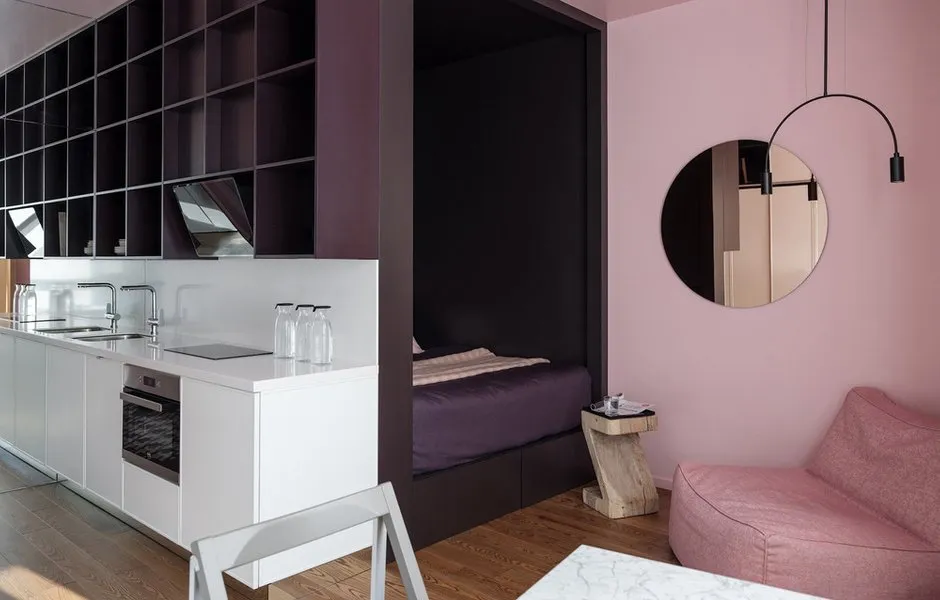 Secrets of Storage in a Micro-Apartment, Which We Spied at the Designer's Home
Secrets of Storage in a Micro-Apartment, Which We Spied at the Designer's Home 13 Ways to Cool Down Your Home in Summer Without Air Conditioning
13 Ways to Cool Down Your Home in Summer Without Air Conditioning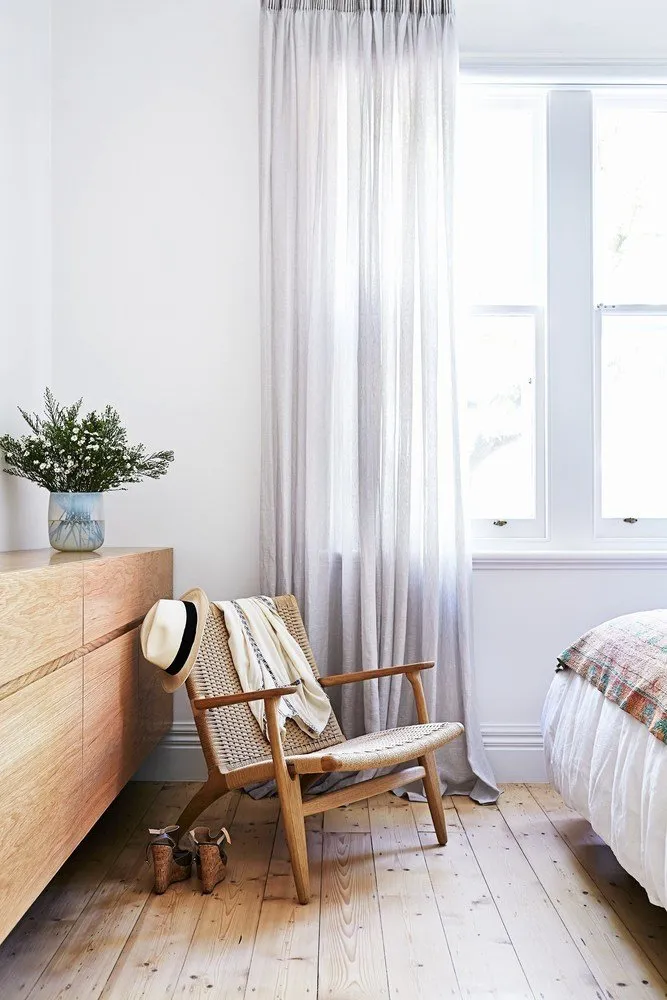 It's stuffy and hot in the apartment: how to create a comfortable microclimate
It's stuffy and hot in the apartment: how to create a comfortable microclimate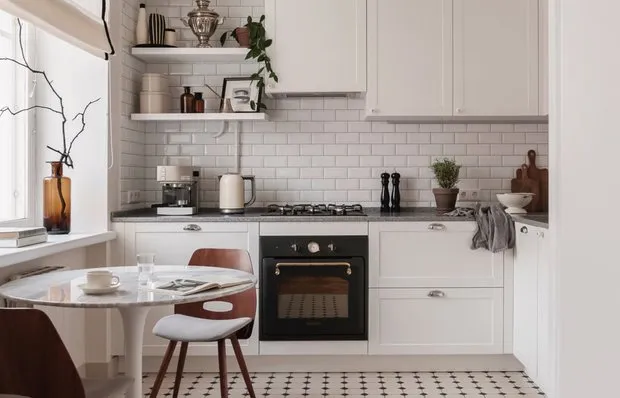 Common Mistakes in Apartment Renovation: 7 Photo Examples
Common Mistakes in Apartment Renovation: 7 Photo Examples White Bathroom Ideas from Western Projects That We Love
White Bathroom Ideas from Western Projects That We Love What to Plant on the Dacha in July 2021
What to Plant on the Dacha in July 2021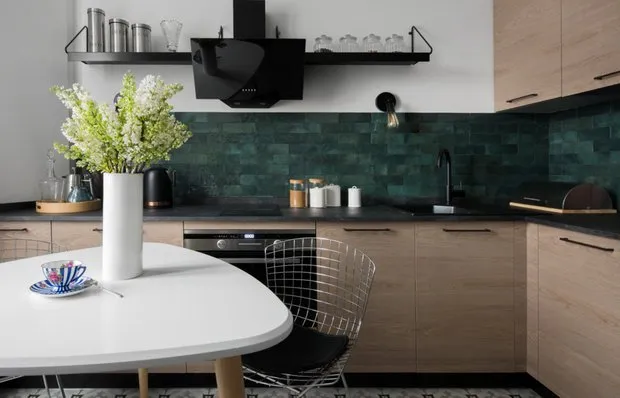 5 Cool Tips for Organizing Space from a Professional + Before and After Photos
5 Cool Tips for Organizing Space from a Professional + Before and After Photos Where to Store Pans and Lids? Tips for Organizing Your Kitchen Once and for All
Where to Store Pans and Lids? Tips for Organizing Your Kitchen Once and for All